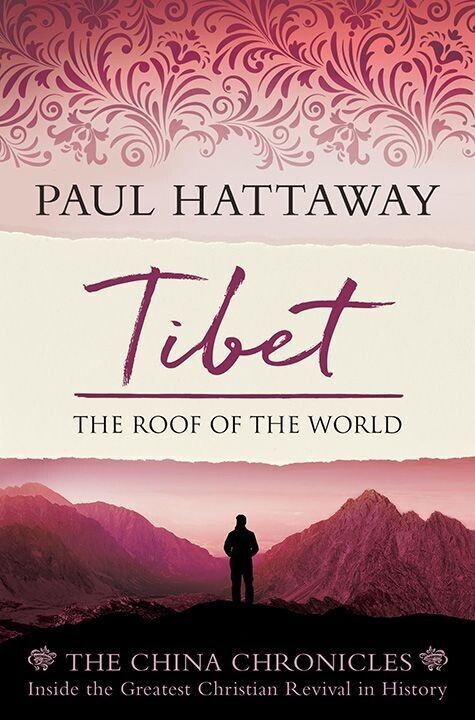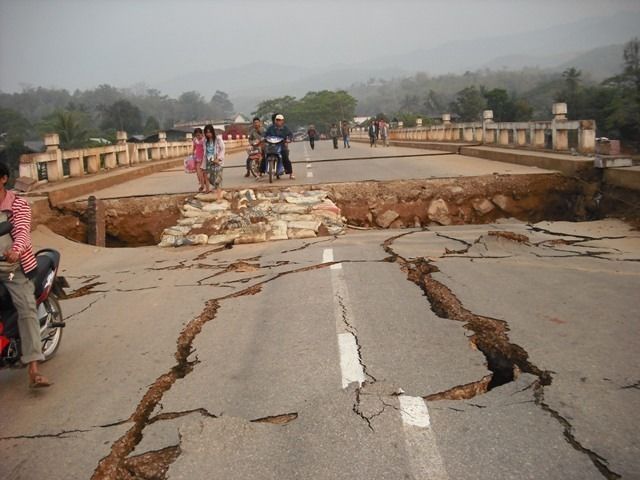1920s
Ü-Tsang དབུས་གཙང་
For centuries, Christians had dreamed of setting up base in Lhasa, but only a few courageous souls had managed to enter the land. There had been promising signs that missionaries would soon be granted greater access to central Tibet, but the 1920s once again saw the door slammed in the faces of those who sought to take the gospel to Tibetans. Conflict between Tibet's two giant neighbors, China and India, brought unrest, and a lengthy tug-of-war ensued, as the world's superpowers jostled for influence on the Roof of the World. As a result, the authorities in Lhasa once again denied access to foreigners, as they have done at numerous times throughout history.
One of the most daring Evangelical missionaries of the 1920s was Theo Sorenson from Norway, who set off on frequent journeys into central Tibet, carefully documenting his travels and experiences. In 1922 he left his base in Kangding, determined to reach Lhasa, accompanied by a caravan of 17 mules and horses, 10 of which were loaded down with gospel literature. Two of the six men Sorenson recruited to help him on the journey were baptized Tibetan Christians.
For months the group slowly made their way toward Lhasa, distributing about 50,000 Tibetan Scripture booklets to people they encountered along the way. On this trip, Sorenson ventured further into central Tibet than previously, but when the travelers were just two days from Lhasa, the Norwegian reported:
"We were ordered not to proceed further by a messenger sent from the Lhasa captain.... He would not allow us to come into his district and told us, through other messengers, that it would mean the loss of his head if he did so.
I sent him my passports and letters of introduction from lamas and the native prince of Gyantse. I also sent him a present and samples of our Christian literature. The letters he forwarded to the Lhasa general and asked me to wait for his reply, which came about 10 days later. Two lama messengers arrived with letters from the general and the captain in which I was asked to turn back, as they had instructions from their government that no foreigner was allowed to travel in the Lhasa-governed parts of Tibet. The two lamas told me the instruction came from the Indian government."
Sorenson and his colleagues were compelled to turn around and retrace their steps all the way back to Sichuan Province, feeling deeply discouraged. The iron gates to the heart of Tibet remained firmly shut throughout the rest of the 1920s, and the Christian world went on praying for the day when the land would truly open to the gospel.
© This article is an extract from Paul Hattaway's book ‘Tibet: The Roof of the World’. You can order this or any of The China Chronicles books and e-books from our online bookstore.
1. Theo Sorenson, "An Itinerating Journey in Tibet," China's Millions (January 1923), p. 7.





